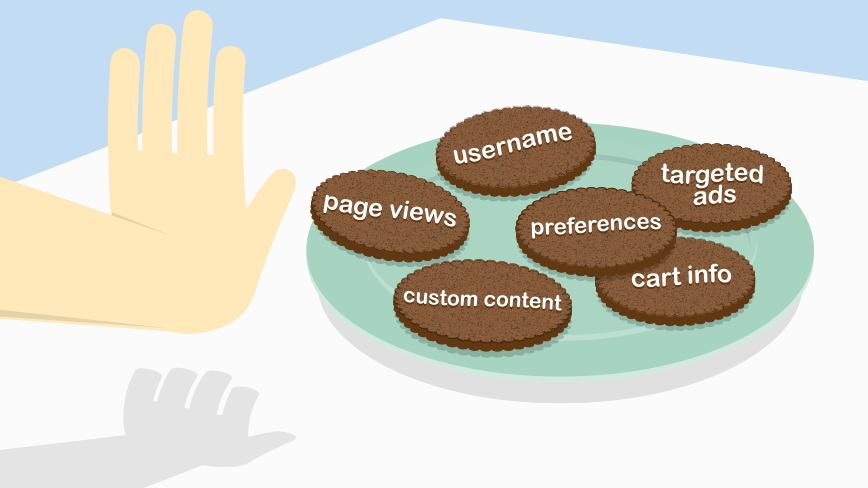Problems created by cross-device usage, shared devices and voluntary cookie purging have forced digital marketers to find a suitable cookie substitute.
Brands and marketing agencies alike have known for several years that at some point they would have to come to terms with the flaws of the browser cookie in a dynamically changing consumer technology landscape. Problems created by cross-device confusion, shared devices and voluntary cookie purging have forced digital marketing strategists to search for a substitute. Many thought leaders are declaring that big data breakthroughs may provide several possible solutions.
Why Consumers and Brands Are Losing Their Cookies
Browser cookies have long been used by websites to improve user experience (e.g. user login) and track performance of their website (e.g. repeat visits). What originally began as a way to retain login information or site preferences grew into a data-gathering industry where third-party cookies were used to monitor user activity across the web. This data helped third-party marketers develop sophisticated user profiles that enabled personalization, ad targeting and a host of other goodies that raised ROI and effectiveness of digital ad campaigns.
There was just one problem: these cookies tended to crumble. Users can easily delete their cookie data, enabled in browsers like Chrome with the press of a button. Other users were jumping between multiple devices or sharing individual devices with others in their household. Making matters more challenging, some of those devices—notoriously Apple phones and tablets—did not support third-party cookies out of the box.
The result is a confusing mess of data that creates inaccurate profiles and leads to mistakes like over-serving ads. A comScore study from 2012 found that ads were being served with 5.7 times more frequency than reported with 65% of impressions delivered more than 10 times rather than the intended 3–5 times.
While such studies need to be balanced against the alternative (e.g. the effectiveness of reaching an intended segment without cookie-based targeting), they highlight the effectiveness of the cookie’s inherent flaws.
Cookie Substitutes Like the Real Thing
Compared to the simplicity of cookies, the available alternatives are much more data-intensive. Two of the techniques that hold the most promise are “super publishers” possessing both login data and near-ubiquitous presence, and the development of probabilistic, predictive identity assignment algorithms.
The former strategy has already been taken up by some content power players in the industry. Large media companies that require user login are uniquely positioned to leverage their massive consumer and device footprint to track individuals across all digital touchpoints. Facebook’s Atlas ad server promises to harness user data to track consumers across devices and throughout the web to serve personalized ad content .
Facebook claims that the system may someday be able to track offline purchases, although that strategy has many hurdles to overcome before it can be fully realized. Google has also injected user identity into its ad technology stack, and the industry expects Verizon to do the same with the newly acquired ad technology inherited through its acquisition of AOL.
Another approach is to use big data processing to develop user profiles independent of cookie or user login tracking. These profiles are created through probabilistic, predictive algorithms driven by big data analytics. Profiles can be crafted based on similar, repeated behaviors that can be connected to patterns.
With this approach, a user who always logs on at 9 p.m. to check email on a laptop and then uses a mobile device at 11 p.m. to watch movies can be pieced together as a profile from these fragmented interactions. Eventually, the algorithm can determine when the same person has jumped from desktop to laptop to mobile, or maybe whether her 14-year-old daughter is using the tablet for a week.
These models won’t be perfectly accurate given their statistical nature, and introduce questions around how to ensure consumer transparency and control over tracking behavior. But some industry gurus are touting that they can be refined up to 97% accuracy — certainly better than any cookie.
Tactics like these will be tested in the coming years as cookies fall more out of vogue. Until then, marketers will have to make the best of the data available, no matter how imperfect it might be.

